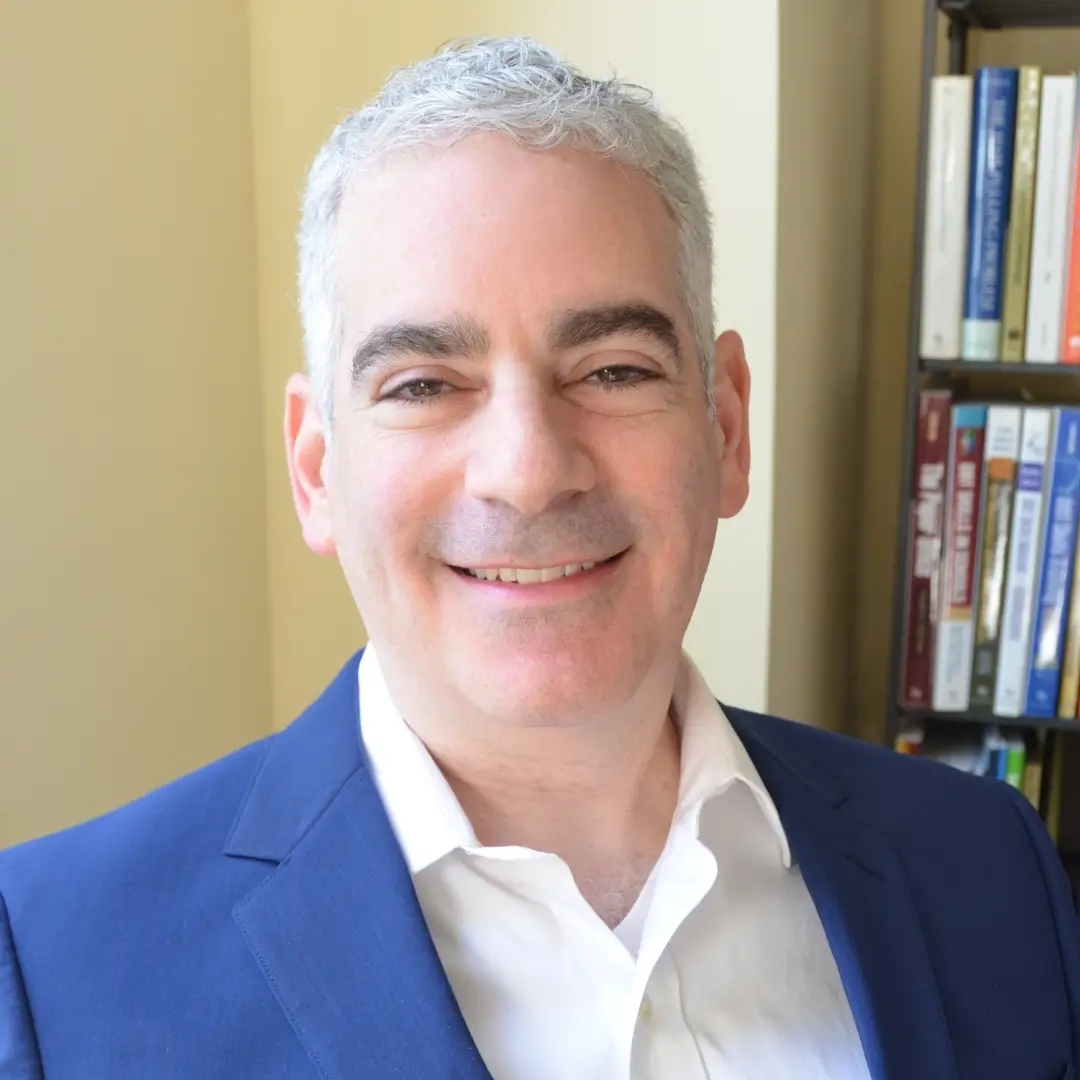What is Stellate Ganglion Block for PTSD?
Several effective treatment options exist for people suffering from post-traumatic stress disorder (PTSD). A medical treatment called stellate ganglion block (SGB) is one of the newest options. SGB is an injection administered by a doctor or other healthcare professional into the neck. It works by affecting the nerves near the voicebox.
The injection is guided by feedback from ultrasound or x-ray imaging, giving the healthcare provider real-time feedback on precisely how to position the needle. This procedure has been administered for decades — it is not new. What’s new is its use for PTSD.
Historically, doctors have used this treatment to help patients suffering from pain syndromes and other neurological disorders. In recent years, researchers and clinicians have discovered that the procedure is also effective at reducing PTSD symptoms.
A well-done research study published in 2020 compared the effects of SGB treatment with a placebo treatment. This study was important because it was the first multi-site randomized trial of SGB treatment for PTSD. It showed that although the placebo group saw an improvement of 15%, the group receiving SGB improved by 34% over the eight weeks following the start of SGB treatment. The authors of the study conclude that SGB is a promising part of PTSD treatment. If you’re looking for help with PTSD, there are two important lessons you can take from this study.
1) There is evidence SGB works
There are many popular treatments for PTSD. However, only some are backed by evidence from rigorous scientific studies like the one described above. You can learn about other such evidence-based treatments for PTSD on our PTSD treatment options page — these treatments include prolonged exposure (PE) therapy and cognitive processing therapy (CPT), cognitive therapy, and cognitive-behavioral therapy (CBT). In fact, at this time, these four treatments have much more evidence behind them than SGB. For that reason, they are first-line treatments for those suffering from PTSD.
For those who have tried one or more first-line treatments and not achieved sufficient relief from PTSD, there are several available alternative treatments available. These include narrative exposure therapy (NET), medications, and eye movement desensitization retraining (EMDR). These are also supported by some research evidence, but not to the extent that PE, CPT and CBT are.
So where does SGB fit in this picture? For now, it appears to be a promising option for those who have tried at least two other treatment options but who continue to have significant PTSD symptoms.
2) It’s not likely to be a magic cure
Take note of the numbers described above. The patients who received SGB treatment saw significant improvement – 34%. This is a welcome improvement for those patients. However, 34% is not 100% — or even 50%. Results can vary from one person to another, as they do with any treatment; some patients do see a very significant improvement in their symptoms, but many do not. SGB is not likely to revolutionize the treatment of PTSD.
What Are the Risks and Side Effects?
There are some risks with the SGB injection, but the serious ones are quite unlikely. The incidence of severe complications following SGB are less than two in a thousand. When severe complications happen, they can include:
- Convulsions (this is the most common severe complication of SGB, but keep in mind this happens less than 1% of the time, according to research studies)
- Collapsed lung (extremely rare)
More common temporary side effects of the injection can include:
- Numbness in arm
- Nerve damage
- Drooping eyelids
- Tearing
- Hoarse voice/feeling of something in throat
- Bruising at the injection site
- Numbness or weakness in the body below the neck
How Does SGB for PTSD Work?
We cannot conclusively prove the exact mechanism that explains the positive effects of stellate ganglion block for PTSD. However, we certainly have some understanding of it. It is suspected that the activity of the sympathetic nervous system is slowed by the effects of the injection.
The sympathetic nervous system is what helps us respond to a threat. It helps elevate our heart rate and the pace of our breathing, and it helps us respond to threatening situations. It is responsible for what is known as the “fight-or-flight” response. In many people with PTSD, the sympathetic nervous system is overactive. This likely contributes to some PTSD sufferers feeling constantly on guard (“hypervigilance”) and prone to exaggerated responses. Such responses can be triggered by loud noises or other situations that may potentially turn dangerous — like being in a crowd or somewhere reminiscent of the original traumatic event.
Is SGB Right for You?
Deciding whether stellate ganglion block injection is right for you is a decision you should discuss with your doctor or therapist. As in many other areas of medicine, it’s often wisest to first try therapeutic options that have the strongest evidence behind them. For PTSD, these include prolonged exposure therapy, cognitive processing therapy, cognitive-behavioral therapy, and cognitive therapy.
If these options are not successful, consider other evidence-based options such as medication, EMDR, and narrative exposure therapy.
The idea of a quick cure for PTSD is tempting. However, that doesn’t necessarily mean that a novel treatment like SGB injections is the best next step for you if you have PTSD.
PTSD is a serious problem — if you suffer from it, make sure you’re getting the best treatment possible by considering or trying all the options described above. SGB may or may not be the right choice for you. Consult with a mental healthcare professional in making these important decisions about your treatment.









